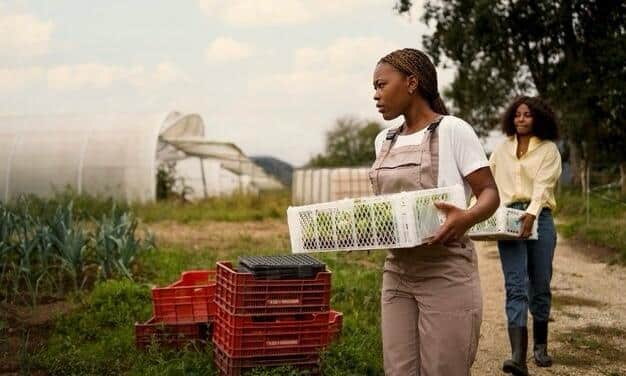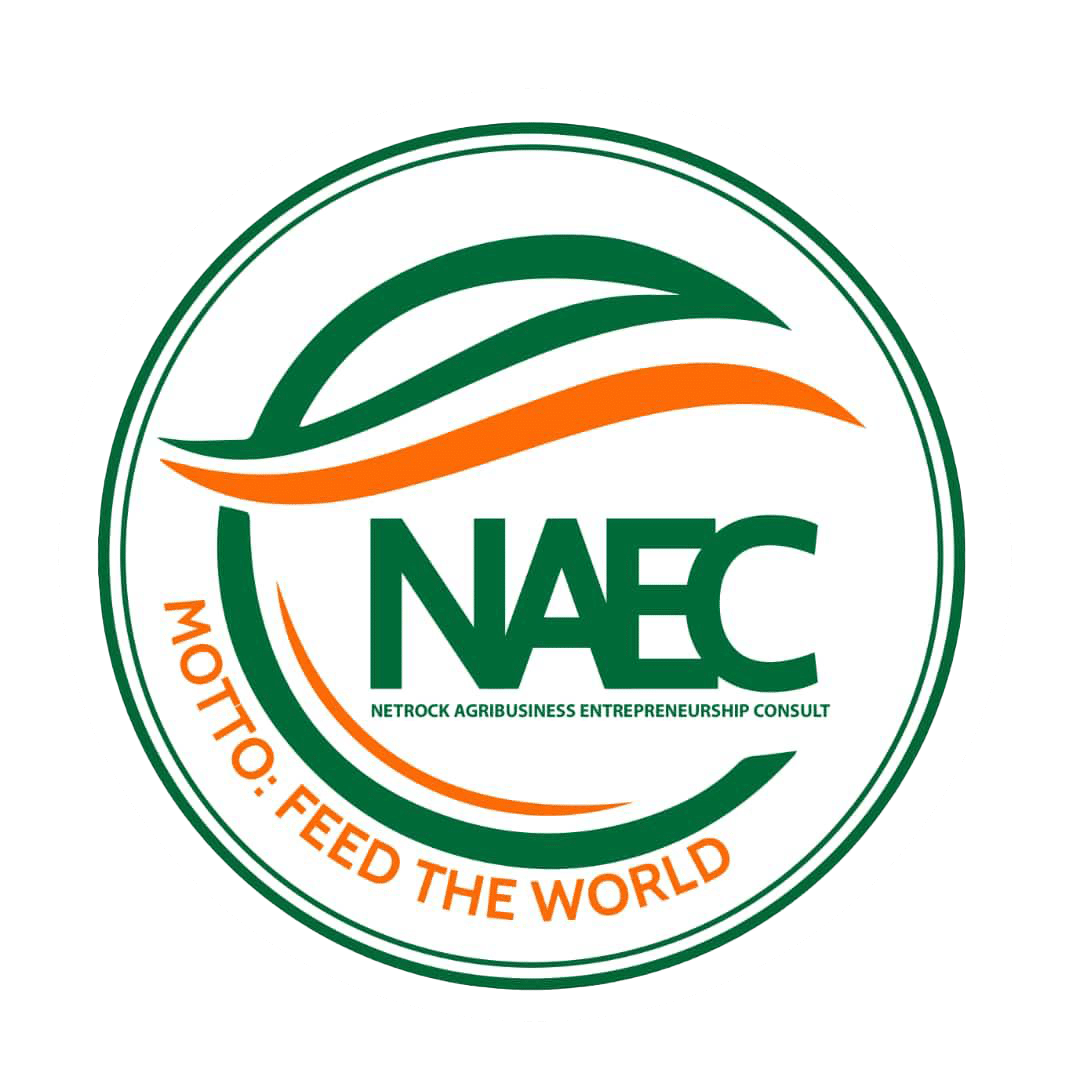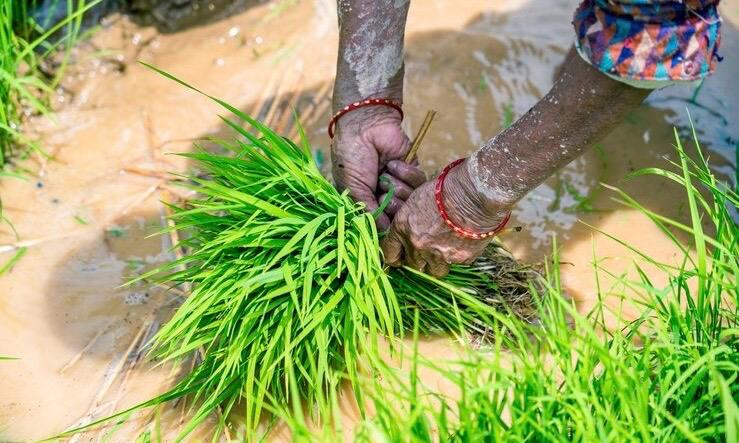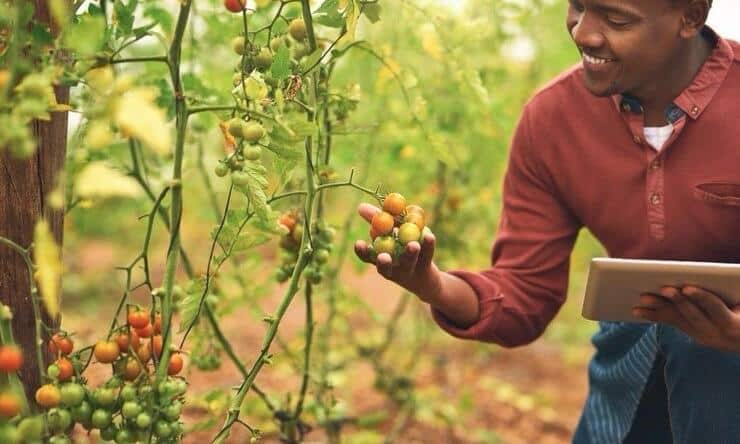How to Minimize Post-Harvest Losses

Post-harvest losses are a significant challenge in agriculture, leading to reduced income for farmers and increased food insecurity. These losses, which occur between harvesting and consumption, can result from poor handling, inadequate storage, and inefficient transportation. Fortunately, implementing strategic measures can dramatically minimize these losses and improve agricultural profitability.
Understanding Post-Harvest Losses
Post-harvest losses include:
Quantitative Losses: Physical reduction in the volume of the produce.
Qualitative Losses: Deterioration in the nutritional value, appearance, or flavor of the produce.
Key causes include:
Improper harvesting techniques.
Exposure to pests and diseases during storage.
Lack of temperature and humidity control.
Poor packaging and transportation infrastructure.
Strategies to Minimize Post-Harvest Losses
Here are effective methods to reduce losses at every stage of the post-harvest process:
1. Proper Harvesting Techniques
Timing: Harvest crops at the right maturity stage to maximize quality and shelf life.
Tools: Use appropriate tools to prevent bruising or damage to produce.
Handling: Train workers on gentle handling to avoid mechanical injuries.
2. Efficient Storage Solutions
Temperature Control: Use cold storage facilities to extend the freshness of perishable goods.
Ventilation: Ensure proper air circulation to prevent mold and decay.
Pest Management: Regularly inspect and clean storage areas to deter rodents and insects.
Hermetic Storage: Use airtight containers or bags to protect grains and legumes from moisture and pests.
3. Improved Packaging
Durable Materials: Use strong, reusable materials that protect produce during handling and transport.
Appropriate Sizing: Avoid overpacking or underpacking, which can cause compression damage.
Labeling: Clearly label packages to reduce mishandling and misrouting.
4. Efficient Transportation
Refrigerated Transport: Invest in cold-chain logistics for perishable products.
Road Infrastructure: Advocate for better roads to reduce transit times and minimize spoilage.
Careful Loading: Ensure produce is securely loaded to prevent shifting and bruising during transit.
5. Post-Harvest Processing
Drying: Properly dry grains, nuts, and fruits to reduce moisture levels and prevent spoilage.
Value Addition: Convert perishable produce into processed goods, such as juices, jams, or flours, to increase shelf life.
Sorting and Grading: Remove damaged or low-quality produce to maintain overall quality.
6. Leveraging Technology
IoT Sensors: Use sensors to monitor temperature, humidity, and storage conditions in real time.
Mobile Apps: Adopt digital platforms to access market information and connect directly with buyers.
Drones: Deploy drones for monitoring large storage facilities or transporting lightweight packages.
7. Training and Capacity Building
Educate farmers and workers on post-harvest best practices.
Partner with agricultural extension services for ongoing support and guidance.
Case Study: A Success Story
In Kenya, smallholder farmers using hermetic bags for maize storage reduced losses from pests by over 50%. This simple yet effective technology allowed them to store grains for longer periods, ensuring better market prices and increased incomes.
The Economic and Social Impact
Minimizing post-harvest losses has far-reaching benefits:
Increased Income: Reduced losses mean higher profitability for farmers.
Food Security: More produce reaches markets, feeding more people.
Environmental Sustainability: Less waste reduces the environmental impact of agricultural production.
Reducing post-harvest losses is vital for creating a resilient agricultural sector. By adopting proper harvesting techniques, investing in storage and transportation, and leveraging technology, farmers can ensure their hard work translates into greater profits and a more secure food supply. Collaboration among farmers, governments, and private sector players is essential to implement these solutions effectively and sustainably.




